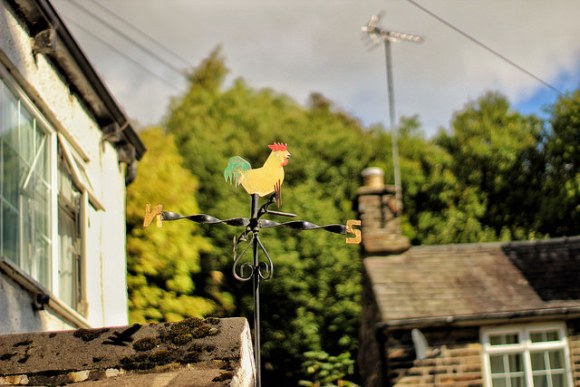
“So often we find we are stuck in that place of waiting for the “perfect moment” even though experience shows us that there really isn’t such a thing.
Yet still, there is also the challenge of striking too early.
I’d be interested to read your thoughts on some pragmatic steps to determine the right time to engage.“
A friend of mine posted the above comment in LinkedIN in response to my last blog post.
I find that the concept of the “right time” to be a subset of the “perfect condition or moment.” It is very easy to get paralysed waiting for the “right time” or the “perfect moment”.
My good friend asked me for pragmatic steps. Here are my thoughts:
(1) Know thyself
The philosophical question is what is the definition of the “right time”? The response to this question differs for each individual. My right time is different from your right time despite both of us pursuing similar goals and desiring similar outcomes. The decision when to start a thing is dependent on internal factors, external factors or a mixture of both. There is little benefit pursuing your dreams in competition with other people because there are just too many variables in play. This is also a recipe for an anxious life when your expectations don’t align with reality in comparison to others. Focus on your own race and be happy for others when they succeed in their own.
(2) Risk taking appetite
The right time is also dependent on your appetite for risk taking. Some people are willing to abandon a well paying but unfulfilling job to pursue the dream of becoming an entrepreneur without a safety net. Others want their affairs in order before jumping out in pursuit of their dreams. The right time” threshold for a risk averse person is higher than that of a risk tolerant person.
(3) Strategic payoff
The right time for a project will also hinge on the timing of the payoff. It would be sensible to start a long term project as soon as possible e.g. the best time to plant an oak tree is 30 years ago and the second best time is today. This same principle applies to your financial investments for retirement depending on your age.









